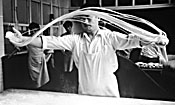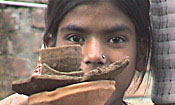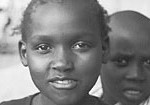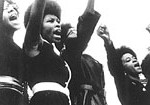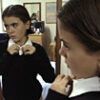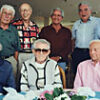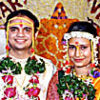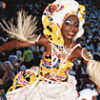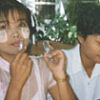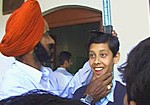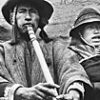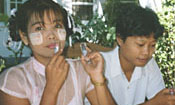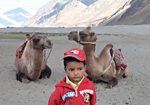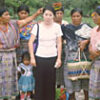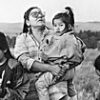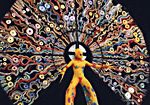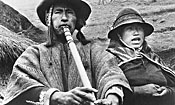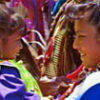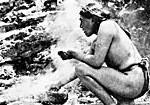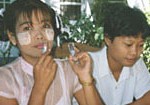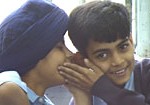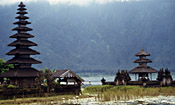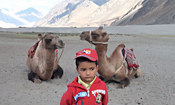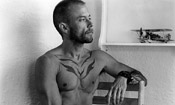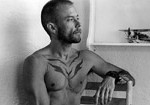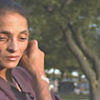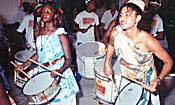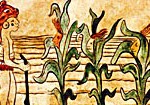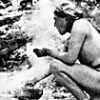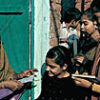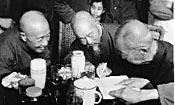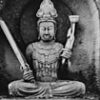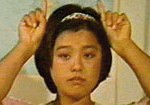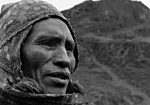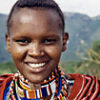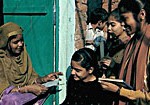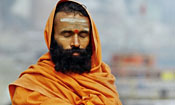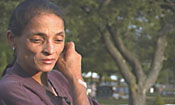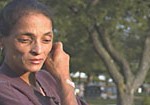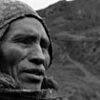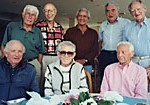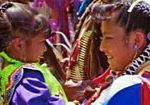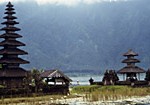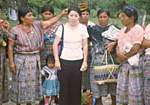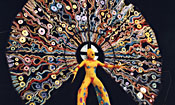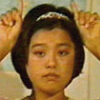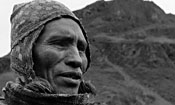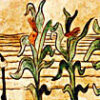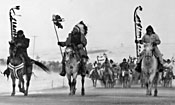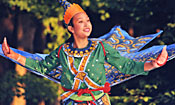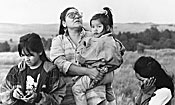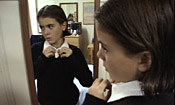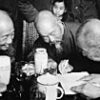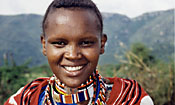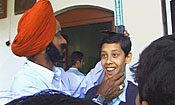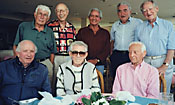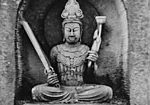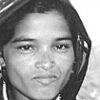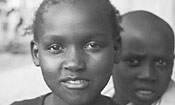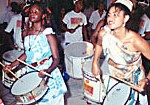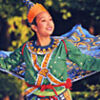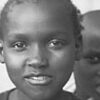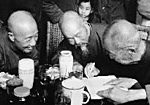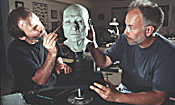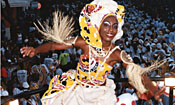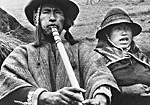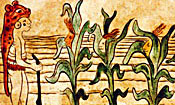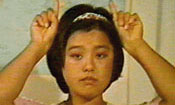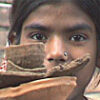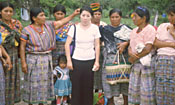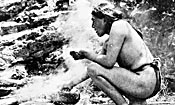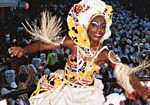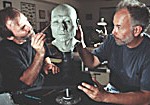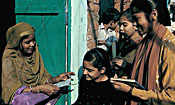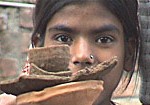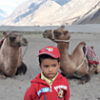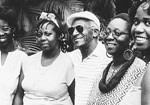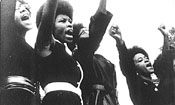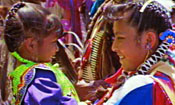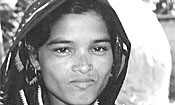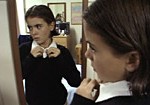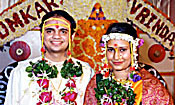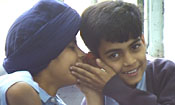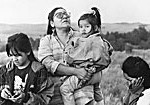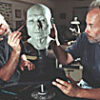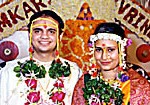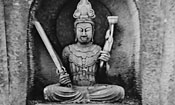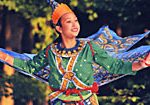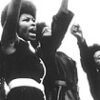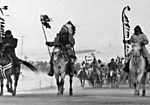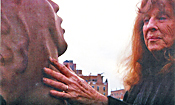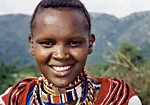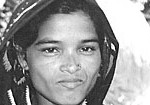Price: $225.00
This thought-provoking and much-acclaimed documentary sensitively explores the cultural context of female genital-cutting practices among the Maasai. The film was re-edited with extensive new material and an additional half-hour of extra commentary in 2014. It will stimulate discussion and reflection in a wide variety of courses in cultural anthropology, women’s and gender studies, African studies, and development studies.
Product Description
This thought-provoking and much-acclaimed documentary sensitively explores the cultural context of female genital-cutting practices among the Maasai. The film was re-edited with extensive new material and an additional half-hour of extra commentary in 2014. It will stimulate discussion and reflection in a wide variety of courses in cultural anthropology, women’s and gender studies, African studies, and development studies.
A mother and her two daughters discuss their feelings about circumcision (excision) and its meaning in their lives. The three women discuss their experiences from the perspective of three different stages of the life cycle: Alice, a young woman (enkitok), looks back eleven years to the time when she became a woman. Sikaine, a shy, giggly 14-year-old girl (entito), enjoys the attention of her family and community as she anticipates undergoing the procedure, which she has seen performed on other girls. Tipaya, the mother, is a post-menopausal woman (entasat); she remembers her surgery from several decades back.
The film follows Sikaine through all aspects of the process except the surgery itself. She is shaven in preparation for the surgery; neighborhood girls crowd around the window of the room where Sikaine´s operation is going on; immediately after the surgery, Sikaine stands and walks to the bed where she smiles proudly as she lies down to rest while the elders sing in her honor.
Both Alice and Tipaya offer interesting comparisons of the pain of circumcision and that of childbirth. These engaging women make their perspective on excision comprehensible to western audiences, who are seldom exposed to positive commentary on this practice. The film provides viewers with a new respect for the women who bravely endure this painful surgery.
This re-edited version of the film is 50% longer than the original version released in 2002 and it now is authored for DVD by the filmmaker. This version provides a new post-excision interview with Sikaine, deeper discussions of childbirth by both Alice and Tipaya, new translations of the parents’ blessing ceremony, and 29 minutes of additional new DVD “extras” including Alice discussing relations between warriors and girls, rules of respect, women’s work, wives and their husband’s agemates, giving birth, animal ownership, and the changes in Maasai culture she foresaw.
This is the first in a developing series of films (see also Making Maasai Men: Growing Courage Toward Circumcision) on culture change among the Maasai of Kenya at the end of the 20th century. The two films together illustrate the important differences between the contexts of female and male genital-cutting among the Maasai.
“Womanhood and Circumcision” was produced by Barbara G. Hoffman, Professor of Anthropology and Director, Visual Anthropology Center, Cleveland State University
Customers who purchased the original version of the film who wish to upgrade to the new version should phone or email us directly for special pricing available.
Related Products
-

The Democratic Promise: Saul Alinsky and His Legacy
This exceptional and compelling documentary, narrated by Alec Baldwin, examines the life and legacy of legendary community organizer Saul Alinsky.
More Information >> Add to cart -

Festive Land: Carnaval in Bahia
This perceptive and engaging documentary examines one of the largest and most extraordinary popular celebrations in the world, the week-long Carnaval that brings more than two million people to the streets of Salvador, the capital of Bahia, in northeastern Brazil.
More Information >> Add to cart -
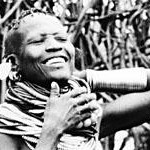
The Wedding Camels (Digitally Remastered Version)
One of Lorang’s daughters is going to marry one of his friends and age-mates, but all does not go smoothly. The second part of renowned filmmakers David and Judith Macdougall’s classic “Turkana Conversations Trilogy.”
More Information >> Add to cart -
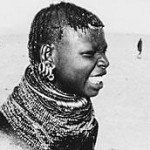
A Wife Among Wives (Digitally Remastered Version)
This ground-breaking ethnographic documentary investiges the views of the Turkana, and especially Turkana women, on marriage and polygyny. The third and final part of renowned filmmakers David and Judith Macdougall’s classic “Turkana Conversations Trilogy.”
More Information >> Add to cart

